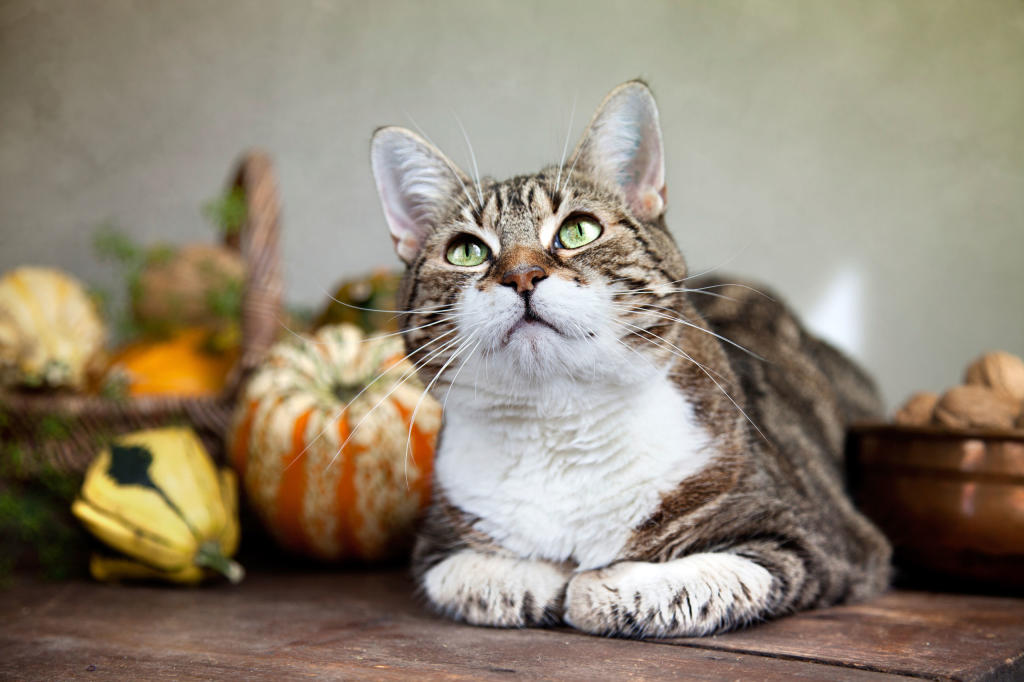

Primary causes of vomiting are those diseases directly affecting the stomach and upper intestinal tract. Vomiting can be divided down into primary (gastrointestinal) causes, or secondary (non-gastrointestinal) causes. If food is present in vomit, it is partially digested and can also contain a yellow fluid (bile). Cats will often vocalise, be apprehensive and heave/retch to vomit. Vomiting, on the other hand, is an active process. It’s therefore important for your vet to differentiate between vomiting and regurgitation as this will have an impact on deciding which diagnostic tests to perform, and also will help when deciding on the most appropriate treatment options. The danger of regurgitation is that the contents may also be inhaled into the airways causing pneumonia and a cough. This delay can result in regurgitation shortly after eating. A dilated (widened) oesophagus will not effectively, or efficiently, move or push food from the oesophagus into the stomach. a stricture, a tumour or a foreign body can all cause narrowing of the oesophagus). If the muscle of the oesophagus is considered diseased, it will either result in widening of the oesophagus due to loss of muscular tone (called ‘megaoesophagus’), or narrowing of the oesophagus, which acts as an obstruction to material moving down into the stomach (e.g. Cats will also attempt to eat the regurgitated material. The food is usually undigested, may have a tubular shape, and is often covered with a slimy mucus. The cat will lower its head and food is expelled with little or no effort. Regurgitation is the passive ejection of contents from the oesophagus.

When you take your cat to your veterinary surgeon because he or she is vomiting, they will ask you questions in attempt to differentiate between vomiting and regurgitation. In healthy cats, food will move quickly through the oesophagus to the stomach with little to no delay. The oesophagus is a narrow, muscular tube that allows food to pass through on its way to the stomach. Your vet will talk you through which tests are most appropriate for your cat.Your vet will need to determine whether your cat is vomiting or regurgitating What is the difference between your cat vomiting and and your cat regurgitating? Why does it matter? Sometimes exploratory abdominal surgery is required, to properly look at the organs and take biopsy samples for laboratory analysis. Endoscopy may be recommended to assess the inside of the stomach with a small camera, removing foreign bodies or taking tissue samples for analysis. Ultrasound can look at individual organs in more detail. X-rays may be needed to look for abnormalities like foreign bodies or areas of gas buildup. Sometimes more specific blood tests are needed, for example, if there are suspicions about pancreatitis. Hematology can look for any signs of anemia and markers of infection. Biochemistry panels look at things like your cat’s liver, kidneys, and blood sugar levels. The next steps could include blood tests. If they have concerns about your cat, then they may suggest some additional diagnostics. They will also feel your cat’s abdomen to check for anything unusual, including discomfort. Your veterinarian will start by examining your cat, checking things like their hydration, heart rate, and temperature.


 0 kommentar(er)
0 kommentar(er)
